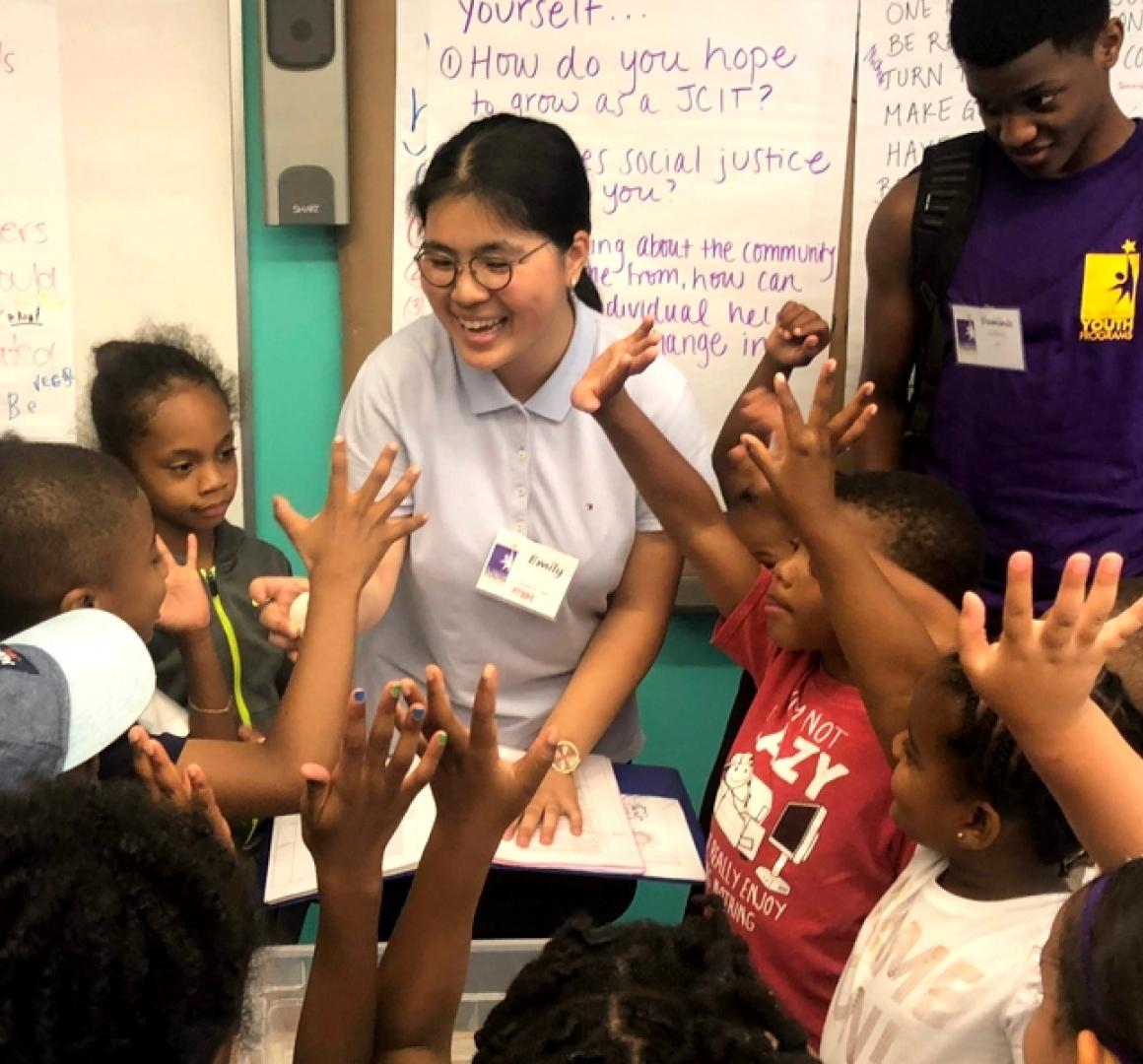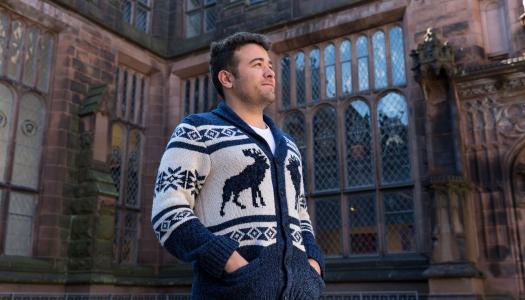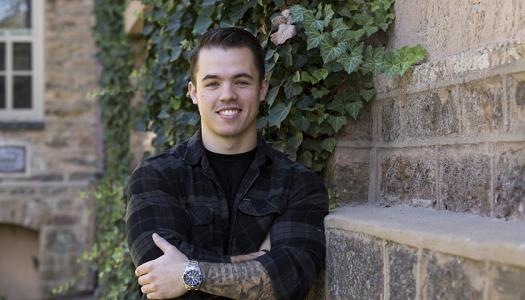Emily Cheng ’21: Finding the ‘Wonder’ in Science

Emily Cheng ’21 spent her summer in Boston, teaching math and science to children from low-income families. Inspired by a best-selling novel, she wrapped knowledge in fun and found that kindness is essentially a chain reaction.
School wasn’t out for summer for Emily Cheng ’21. As soon as the spring semester ended in May, the New York City native turned her attention to designing the STEM (Science, Technology, Engineering, and Math) curriculum for neighborhood children at St. Stephen’s Youth Program in Boston as part of a Service Focus summer service internship with Princeton Internships in Civic Service (PICS).
While she had broad design latitude, Cheng’s top priority was practicality — because she was also one of the volunteers teaching the curriculum to students.
It wasn’t an easy assignment. She loved working with kids, but getting up in front of a whole classroom was a different story — she felt nervous and uncomfortable just anticipating it. “I remember my first day, I barely talked to the kids,” she says.
St. Stephen’s B-SAFE (Bishop’s Summer Academic Fun and Enrichment) program serves low-income families who are seeking a safe haven for their children during the sweltering months when school is not officially in session. In addition to field trips to local museums and attractions, more than 550 students take classes in humanities, art, and health and wellness, as well as STEM.
Many of the children are from families living beneath the poverty line. “I think the most challenging part for me is trying to understand where the kids are coming from, what’s going on in their heads when they act out or when they don’t want to participate in an activity,” Cheng says.
Cheng dove right in to design a curriculum that would both deliver STEM learning and help students have fun with a focus. She immersed herself in R.J. Palacio’s best-selling novel, Wonder, and thought about the summer program’s theme of “Choose Kind,” inspired by the book. She spent three weeks putting it all together.
By the time Cheng stood up in front of a class of 20 elementary school students, she had an ingenious solution: “I thought, let’s get the kids to make a Rube Goldberg machine.”
Goldberg machines are clever but ingeniously complex contraptions designed to complete a simple task. Cheng’s project allowed her students to learn about gravity and experiment with simple machines like pulleys and levers. After those basic lessons, her students separated into groups and brainstormed ideas for their own Goldberg machines. They mapped out their concepts on paper, and then used LEGOs, wind-up toys, balloons, and other playthings to build functioning models that they demonstrated to their parents during closing ceremonies.
The approach worked even better than she could have imagined — she even spied her students constructing mini Rube Goldberg machines during their break time. “I love it when they have that a-ha moment,” she says. “They’d run up to me, hugging me and asking, ‘When is STEM class? When is STEM class?'”
Her students learned important STEM concepts, but they — and she — also came away with a life lesson.
“My segue [into the curriculum] was that kindness is essentially a chain reaction,” Cheng says. “If we do something kind for one person, that person will be more inclined to do something for another person.”


